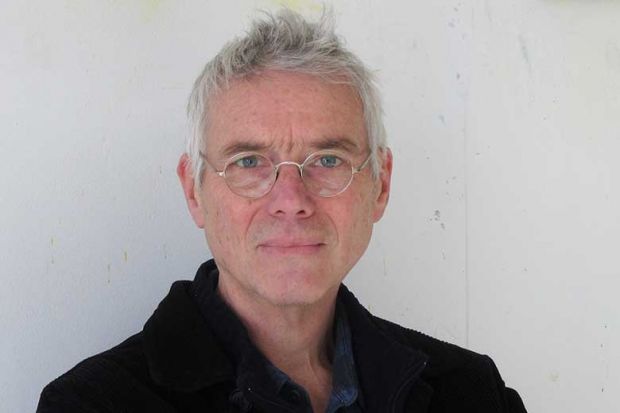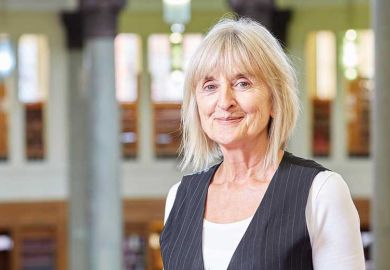What sorts of books inspired you as a child?
My father was an English teacher at a grammar school. There were lots of books at home – more or less the whole canon of major English literature. For a child, it was all a bit intimidating. But my father also loved art, so there were lots of art books, too – and also some real art on the walls, even abstract paintings. As a child, I loved the illustrated stories of Edward Ardizzone. Since I grew up by the sea, his Little Tim and the Brave Sea Captain was a favourite. I also fell in love with a book called The Red Balloon, which used photographic stills from a movie of the same name made in 1956. It is set in Montmartre in Paris, and about a little boy and a magic balloon. I was also a big fan of Hergé’s Adventures of Tintin. As a young teenager I read mostly science fiction. I loved Isaac Asimov. I also had a serious Tolkien phase.
Your new book offers us ‘seven keys to modern art’. Which earlier books inspired and influenced you?
John Berger’s Ways of Seeing is one of the best books on art. It’s rather disheartening if you are of a Romantic disposition, as he shows art in the clear light of Marxist day. But the pay-off is to make art seem relevant to everyday life. More directly, my book was influenced by the American art historian James Elkins’ writings. He is very good at getting the overview while not losing sight of the work of art as he explores theoretical dimensions. Also important were key writers on art such as Rosalind Krauss, Yve-Alain Bois, Briony Fer and Georges Didi-Huberman. They draw attention to the fact that art is conceptual as well as about engaging the senses. But they tend to be quite dogmatic. I wanted to suggest that there’s no “right” way to interpret a work of art, just different and sometimes contradictory aspects of its meaning vying for attention.
What would you recommend as a good non-specialist overview of the period covered by your book?
Robert Hughes’ The Shock of the New: Art and the Century of Change.
Which writings by artists have you found illuminating?
In researching my book, I was especially impressed by Francis Bacon’s interviews with the critic David Sylvester. Bacon has the ability to link the inner world of subjective experience to the practice of making paintings. The writings of American artist Robert Smithson open the idea of art up to a whole new world. The contemporary Korean artist Lee Ufan’s writings introduce a transcultural perspective. I like especially his idea of art as an open-ended “encounter”.
What is the last book you gave as a gift, and to whom?
The collected writings of a Korean art historian from the first half of the 20th century. It was for my Korean partner, who is a textile designer, at Christmas.
What books do you have on your desk waiting to be read?
I am planning a book about “nothing”, so I have several books about that on hand. But as I’ve been thinking about what I read as a child, I now also have my old battered copy of The Red Balloon!
Simon Morley is assistant professor in the College of Arts, Dankook University, South Korea. His latest book is Seven Keys to Modern Art (Thames and Hudson).
Register to continue
Why register?
- Registration is free and only takes a moment
- Once registered, you can read 3 articles a month
- Sign up for our newsletter
Subscribe
Or subscribe for unlimited access to:
- Unlimited access to news, views, insights & reviews
- Digital editions
- Digital access to THE’s university and college rankings analysis
Already registered or a current subscriber?



